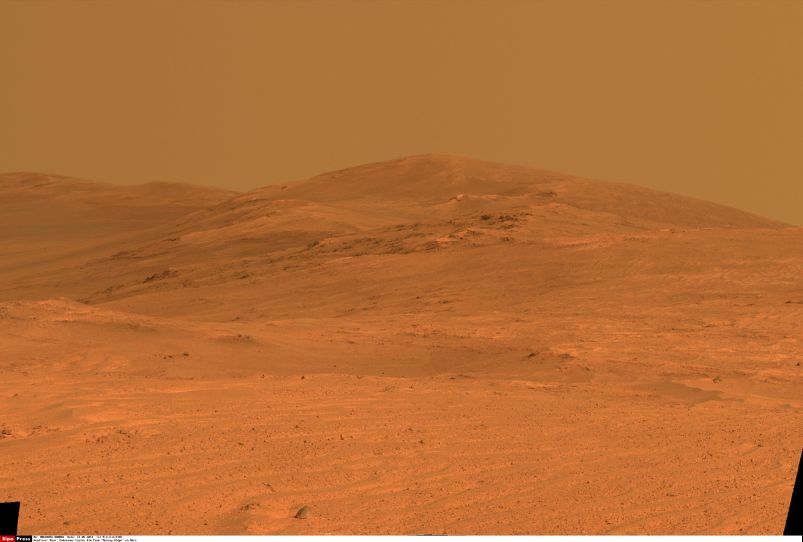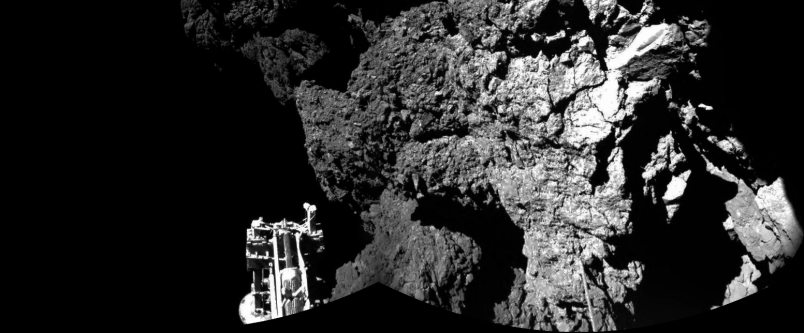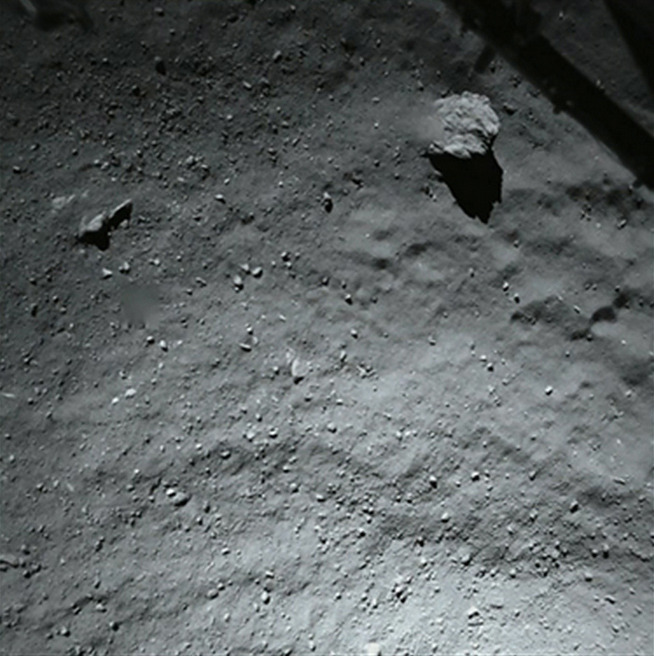Google is searching for a way to make the U.S. more energy efficient and energy independent.
As part of that effort, the Mountain View, California-based company’s philanthropic arm, “Google.org,” on Tuesday published a new Google Earth map of the geothermal resources in the continental United States, created from data collected by the Geothermal Laboratory at Southern Methodist University (SMU) in Dallas, Texas, which received a $489,521 grant from Google for the project.
The new map, an update of a running one that SMU scientists prepared in 2004 and 1992, estimates that the technical potential of geothermal in the U.S. is nearly 3 million megawatts (2,980,295), or 10 times the capacity of all the installed coal power plants in the country today. It’s available to view in an image format and also as a downloadable KML layer file for Google Earth.
SMU’s sampled data from 35,000 oil, gas and water well sites across the country for the study, twice as many sites as their last study, used to create the 2004 map. Many of the new data points were located in the eastern portion of the United States, where geothermal resources were thought to be far less viable than the new study has found. The most obvious geothermal resources, hot springs in the Yellowstone area, have been exploited as baths and for hot water heating systems since the first settlers moved West in the 1800’s.
“This assessment of geothermal potential will only improve with time,” said SMU geophysics professor David Blackwell, one of the new study’s co-authors, in a release posted on the university’s website. “Our study assumes that we tap only a small fraction of the available stored heat in the Earth’s crust, and our capabilities to capture that heat are expected to grow substantially as we improve upon the energy conversion and exploitation factors through technological advances and improved techniques.”
Indeed, as Google notes in its own blog post on the subject, many of the new geothermal resources uncovered will only be made viable thanks to new “advanced geothermal technologies,” including Enhanced Geothermal Systems (EGS), which involves injecting fluid into dry, hot areas up to 4 miles below the earth’s surface, where the temperature can get up to 360 degrees fahrenheit. As SMU explains, “EGS resources are typically deeper…and represent the largest share of total geothermal resources capable of supporting larger capacity power plants.”
Another advanced technology cited by Google that would allow the U.S. to harvest its untapped reservoirs of geothermal energy includes Low Temperature Hydrothermal, which basically tackles the opposite problem as EGS, getting hydrothermal resources out of areas with plentiful fluid, but often not as high temperatures, sometimes less than boiling (212 degrees fahrenheit).
This is accomplished using binary cycle technology,” wherein the geothermal fluid is pumped to the surface under high pressure and is passed through a heat exchanger, heating a separate, added fluid with a much lower boiling point that water (butane or pentane hydrocarbons), which vaporizes, propelling turbines. SMU notes that “this application is currently producing energy in Alaska, Oregon, Idaho and Utah.”
But perhaps the most promising insight to come from the study already leaked in October 2010, when SMU reported preliminary results from its 2011 update suggesting that West Virginia, the nation’s second largest coal producing state after Wyoming, had enough geothermal resources to produces as much power as its entire coal industry, and then some.
As CleanTechnica noted at the time:
West Virginia currently has an electricity generating capacity of 16,350 MW (~97% of that coming from coal power), but the report concluded that if only 2% of the state’s geothermal energy were recovered, it could produce up to 18,890 MW of capacity from clean energy.
But leading scientists in the state think it’ll be 10 to 15 years before a viable geothermal demonstration project, let alone an entire industry, springs up.
Still, the U.S. Geothermal Industry is celebrating the publication of the new map as a step forwards in expanding its role from providing under 1 percent of the total U.S. energy supply over the past decade.
“Both Google and the SMU researchers are fundamentally changing the way we look at how we can use the heat of the Earth to meet our energy needs, and by doing so are making significant contributions to enhancing our national security and environmental quality,” said Karl Gawell, executive director of the Geothermal Energy Association, in the SMU release.
That said, the Obama Administration has been boosting government support of the industry. In June, the Department of Energy dolled out $11 million in grants to eight different geothermal projects, including $5 million to a project that uses advanced geothermal techniques, as TPM reported.
How the new map will affect government support going forward, especially given the relish with which Republicans have criticized the Department of Energy’s support of alternative energy companies in the wake of the bankruptcy of Solyndra (despite the fact that many of them were only too happy to seek out and accept DOE support for energy products in their states) remains to be seen.
TPM has reached out to the Energy Department and other geothermal companies about the potential impact of the new map and we will update this story when we receive a response.









